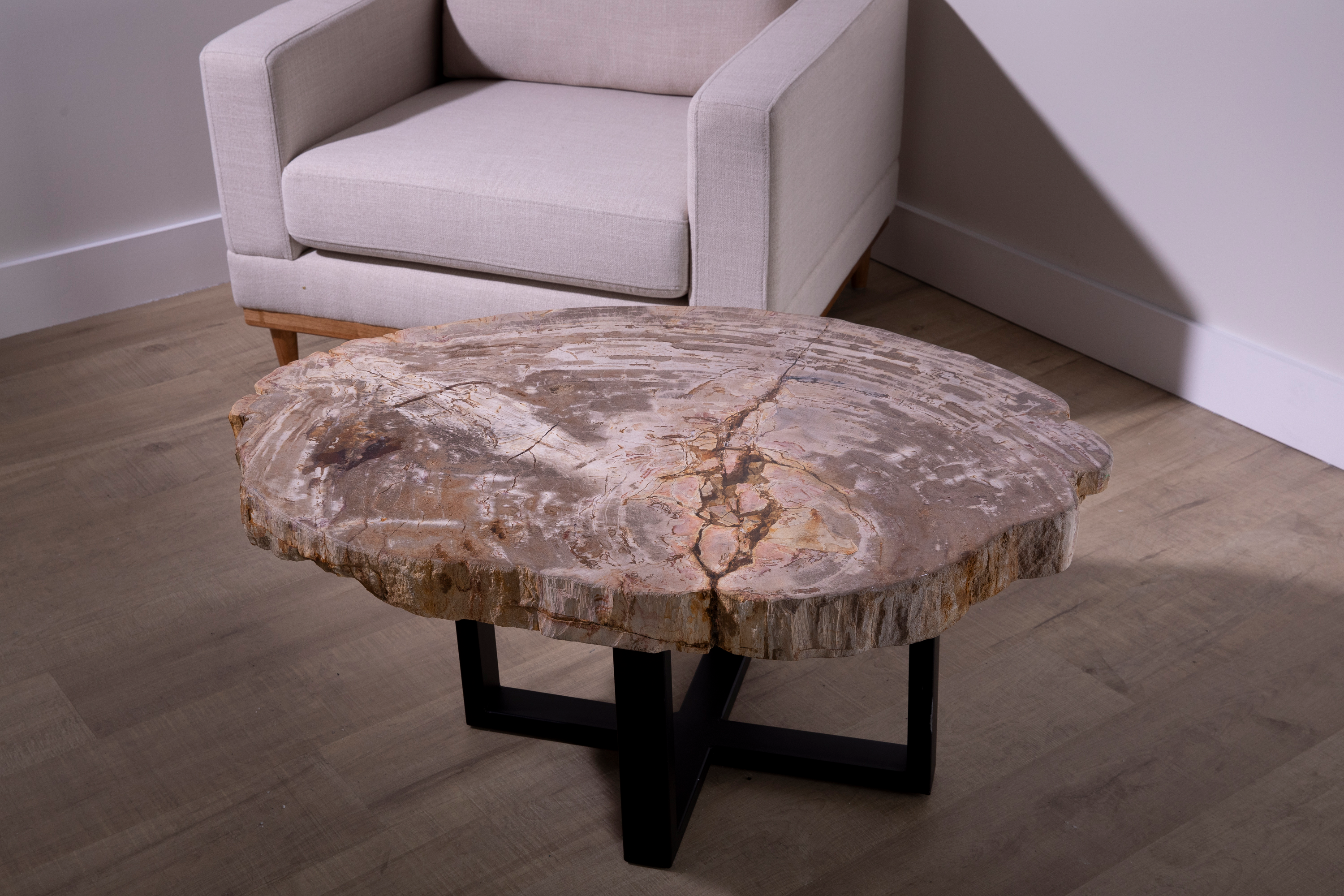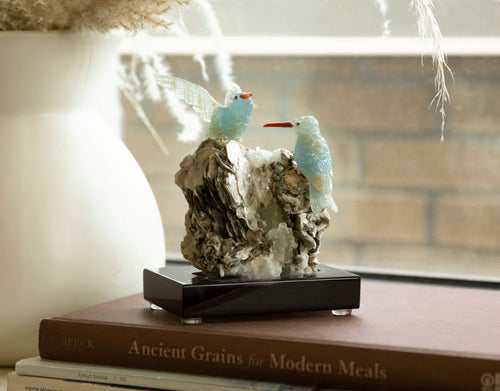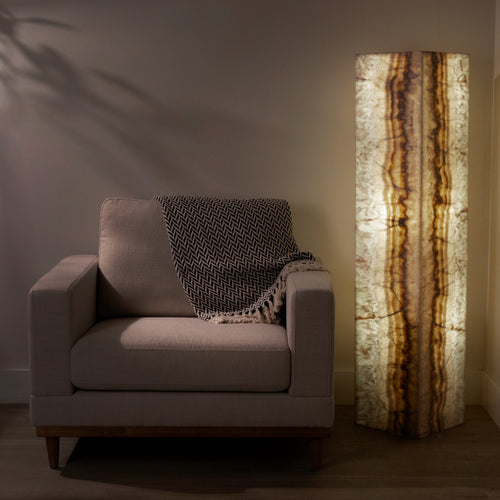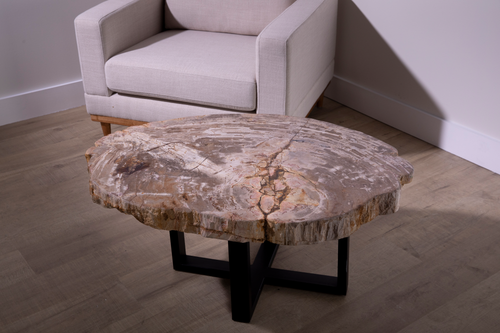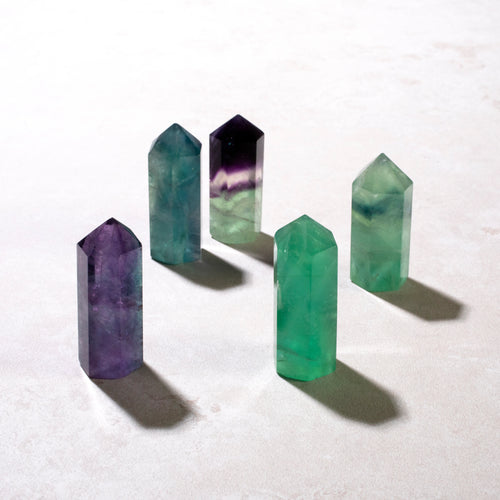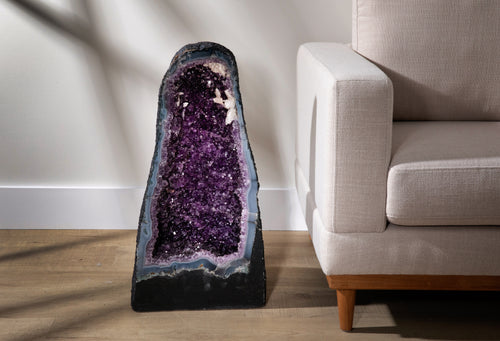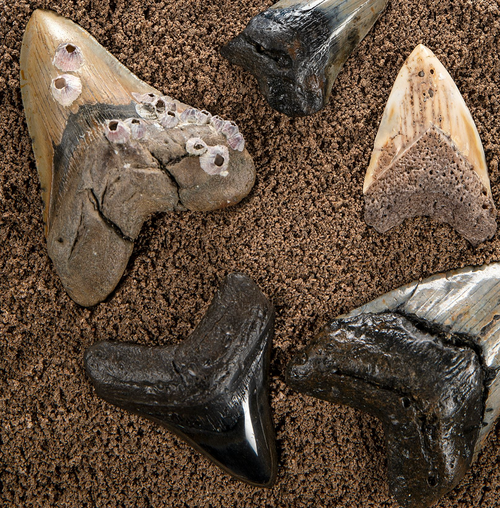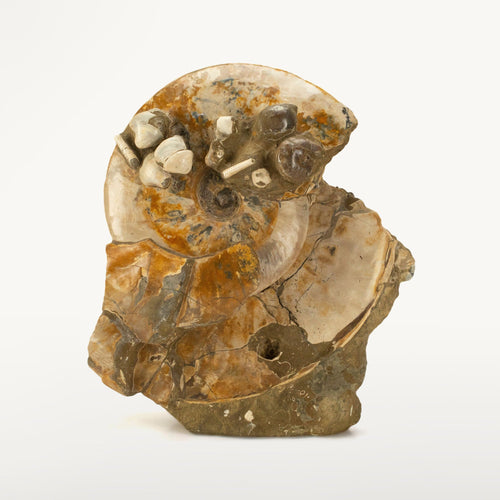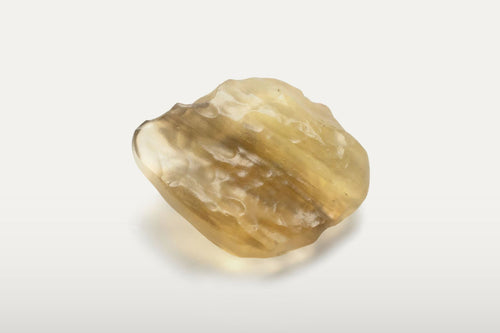Artículo: Smoky Quartz

Smoky Quartz
Smoky quartz, with its unique translucent to opaque appearance, is born from the same mineral family as clear quartz. Its characteristic coloration, ranging from pale gray to deep smoky brown, is attributed to natural radiation and the presence of aluminum impurities within its crystal lattice. Unlike the clear variety of quartz, which is colorless, smoky quartz owes its distinct hue to the absorption and attenuation of light as it passes through the crystal. This effect is achieved through the interaction of the quartz matrix with natural radiation sources found deep within the Earth, giving rise to the gem's smoky, mysterious charm.
The formation of smoky quartz typically occurs in a variety of geological settings, most notably in granite rocks and pegmatites. As radioactive minerals decay within these rocks, they emit radiation that interacts with the quartz, causing the smoky color to develop over extended periods. Smoky quartz crystals can also be found in sedimentary rocks, where they form as a result of mineral-rich groundwater flowing through underground crevices. In these environments, the quartz absorbs aluminum from the surrounding materials, enhancing the depth of its color. The result is a gemstone that not only captures the essence of Earth's hidden processes but also exudes a subtle, enigmatic beauty that has been revered for centuries. Smoky quartz's unique formation is a testament to the Earth's geological intricacies and serves as a symbol of nature's artistic expression deep within its core.
Shop our Smoky Quartz collection



